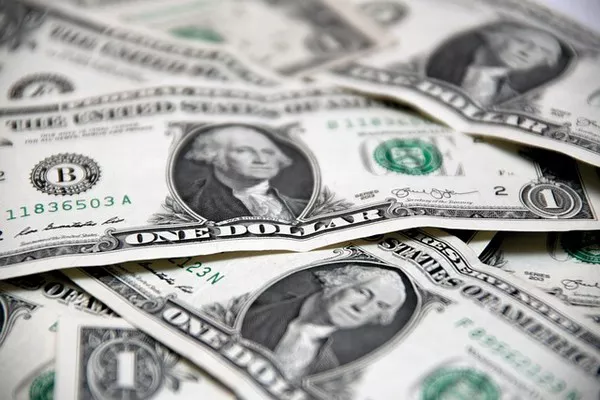Dollar coins have long been a symbol of American currency, but there remains a persistent misconception surrounding their composition, particularly whether they are made of real gold. In this article, we will delve into the historical context, the evolution of dollar coins, and dispel the myths surrounding their material composition.
Historical Background:
The concept of dollar coins dates back to the early days of the United States, with the Coinage Act of 1792 establishing the first official currency of the nation. The initial dollar coins were made of a combination of precious metals, including gold and silver, reflecting the intrinsic value of the currency.
Gold Dollar Coins:
The first gold dollar coins were minted in the 19th century, specifically during the California Gold Rush. These coins, featuring iconic designs such as Liberty Head and Indian Head, were minted in response to the abundance of gold discovered in the western United States. However, over time, the practicality of using gold for everyday transactions led to the discontinuation of gold dollar coins in the early 20th century.
Evolution of Dollar Coins:
While gold dollar coins had their era, the evolution of dollar coins continued with the introduction of new materials. The most notable transition occurred in 1965 when the United States shifted from using silver in coinage to a copper-nickel composition for its circulating coins, including the dollar coin.
Susan B. Anthony and Sacagawea Dollar Coins:
In the late 20th century, the U.S. Mint introduced the Susan B. Anthony dollar coin in 1979, followed by the Sacagawea dollar coin in 2000. Both coins, despite their unique designs, were composed of the same copper-nickel alloy as their predecessors. The Susan B. Anthony coin, in particular, faced challenges in gaining acceptance due to its similarity in size and color to the quarter, leading to confusion among the public.
Presidential and Native American Dollar Coins:
In an effort to revitalize the use of dollar coins, the U.S. Mint launched the Presidential dollar coin series in 2007. Featuring the images of former U.S. Presidents, these coins aimed to honor the nation’s leaders while introducing a new edge-incused lettering technique to distinguish them from other denominations. However, like their predecessors, these coins were composed of a copper-nickel alloy.
The Native American dollar coin series, which began in 2009, sought to commemorate Native American contributions to American history and culture. Despite the rich symbolism portrayed on these coins, they too maintained the copper-nickel composition.
Mythbusting: Are Dollar Coins Real Gold?
The persistent myth surrounding dollar coins being made of real gold can be traced back to the historical association of gold with currency. While the early gold dollar coins indeed contained the precious metal, modern iterations, including the Susan B. Anthony, Sacagawea, Presidential, and Native American dollar coins, are not made of real gold.
The Composition of Modern Dollar Coins:
To understand the composition of modern dollar coins, it is crucial to examine the materials used in their minting. The Susan B. Anthony, Sacagawea, Presidential, and Native American dollar coins are primarily composed of a copper-nickel alloy, with a copper core and outer layers made of a combination of copper and nickel. This alloy provides durability, preventing rapid wear and tear in circulation.
The golden appearance of some dollar coins is attributed to a manganese-brass outer layer. This layer, however, does not signify the presence of gold but is rather a deliberate design choice to distinguish the dollar coin from other denominations. The incorporation of manganese gives the coins their characteristic golden hue without compromising their structural integrity.
Collectors’ Editions and Commemorative Coins:
While circulating dollar coins do not contain real gold, it is essential to note that there are special editions and commemorative coins produced by the U.S. Mint that may feature gold content. These collector’s items, often produced in limited quantities, cater to numismatists and investors interested in owning pieces with intrinsic value beyond their face value. However, these editions are distinct from the everyday dollar coins used in regular transactions.
See Also What Would Happen If The Us Dollar Became Worthless
Conclusion:
In unraveling the mystique surrounding whether dollar coins are made of real gold, it becomes evident that the majority of circulating dollar coins in the United States are not composed of this precious metal. The historical legacy of gold in early U.S. coinage may contribute to the persistent misconception, but a closer examination of modern dollar coins reveals their copper-nickel composition with a distinctive manganese-brass outer layer.
While dollar coins may not contain real gold, they continue to play a vital role in the nation’s currency system. The evolution of these coins reflects the changing needs and preferences of society, from the gold dollar coins of the 19th century to the copper-nickel alloy compositions of the present day. Understanding the materials used in minting dollar coins enhances our appreciation for the intricate blend of history, artistry, and functionality encapsulated in these small yet significant pieces of currency.


